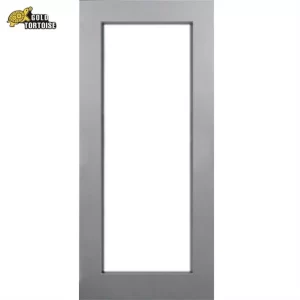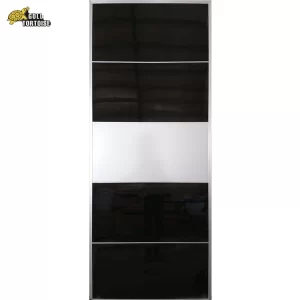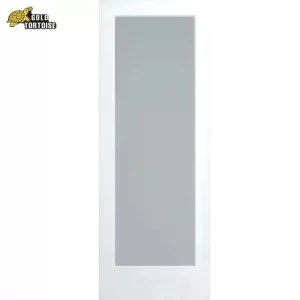Introduction:
Galvanized steel is widely used in various industries due to its exceptional durability and corrosion resistance. If you’re considering utilizing galvanized steel for your projects, you might wonder about its lifespan and how long it can withstand the test of time. In this article, we will delve into the factors that influence the longevity of galvanized steel and provide insights into its expected lifespan.
Understanding the Galvanization Process:
Galvanized steel undergoes a meticulous process known as galvanization, wherein a protective layer of zinc is applied to its surface. This zinc coating serves as a sacrificial barrier that shields the underlying steel from corrosion caused by exposure to moisture, chemicals, and other environmental factors. The galvanization process significantly enhances the steel’s longevity.
Environmental Factors:
The lifespan of galvanized steel largely depends on the surrounding environmental conditions. In mild environments with low levels of moisture and minimal exposure to corrosive substances, galvanized steel can last for several decades. However, in more aggressive environments, such as coastal areas or industrial settings with high humidity and chemical exposure, the lifespan may be reduced.
Maintenance and Inspection:
Proper maintenance plays a crucial role in maximizing the lifespan of galvanized steel. Regular inspections allow for the early detection of any damage or deterioration of the zinc coating. Promptly addressing such issues by applying touch-up coatings or repairs can extend the steel’s lifespan and prevent corrosion from spreading.
Coating Thickness:
The thickness of the zinc coating is an essential factor in determining the longevity of galvanized steel. Thicker coatings provide greater protection against corrosion, enhancing the steel’s durability. The thickness can vary based on the specific application and the galvanization process employed. It is important to consult industry standards and guidelines to ensure the appropriate coating thickness for your intended use.
Consideration of Exposure:
The degree and duration of exposure to corrosive elements influence the lifespan of galvanized steel. Extended exposure to harsh conditions, such as continuous immersion in water or exposure to acidic substances, can accelerate the corrosion process. Properly assessing the intended application and the potential exposure conditions can help determine the expected lifespan and ensure appropriate preventive measures are taken.
Conclusion:
Galvanized steel offers excellent durability and corrosion resistance, making it a popular choice across various industries. While the lifespan of galvanized steel can vary based on environmental factors, maintenance practices, coating thickness, and exposure conditions, it generally provides reliable protection against corrosion for several decades. By understanding these factors and taking proactive measures, you can maximize the lifespan of galvanized steel and ensure its long-term performance in your projects.
Remember, for specific applications or projects, it’s advisable to consult with industry experts and adhere to relevant guidelines to optimize the performance and lifespan of galvanized steel.







